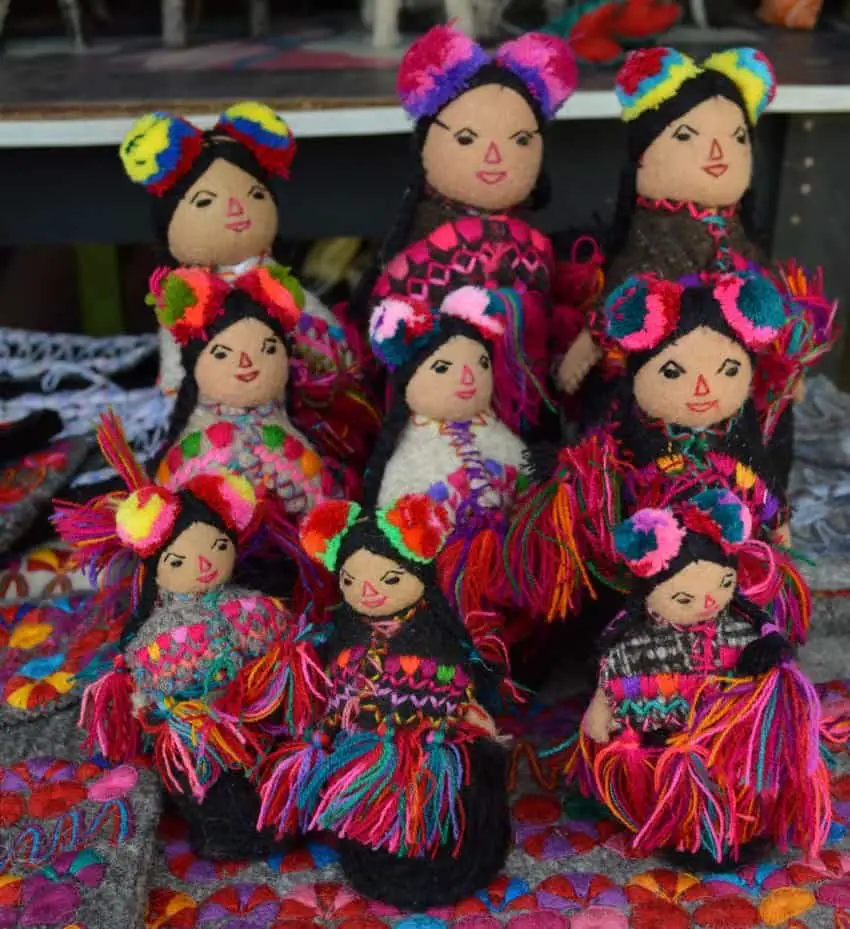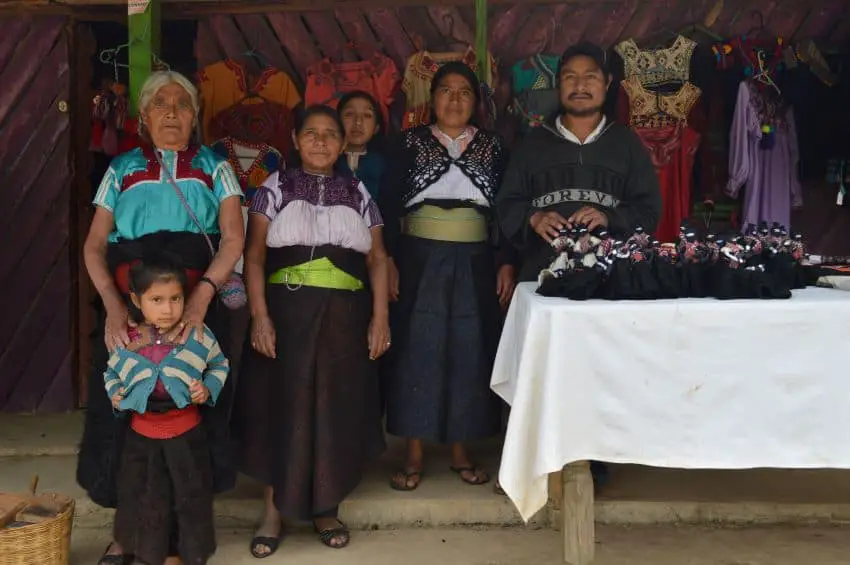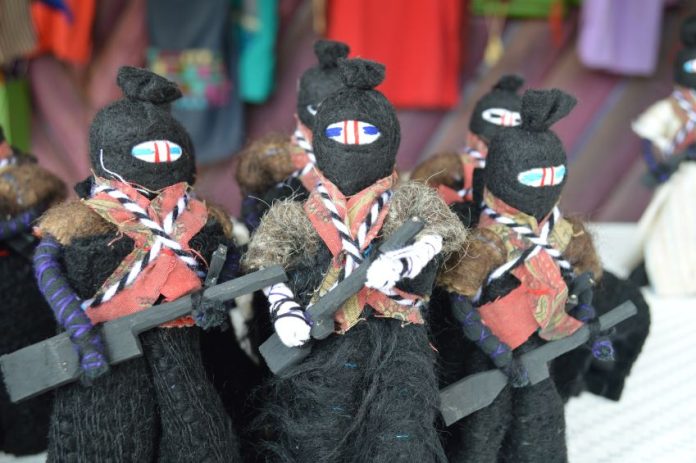A handcraft can sometimes document the rise and the disappearance of a historical movement.
In 1994, various indigenous communities in the southern state of Chiapas rose up against the Mexican government. At issue were a number of longstanding disputes over land as well as changes brought about by neoliberal policies, including the signing of the North American Free Trade Agreement (NAFTA).
It was not the first rebellion in Chiapas against Mexico City. The difference with the Zapatista uprising was that it caught the attention of the entire world.
Headed by Subcomandante Marcos, the movement took advantage of the nascent World Wide Web, bringing flocks of international reporters to a place almost completely unknown to the outside world. The colorfully dressed indigenous peoples living traditional lives under threat of the modern world made for good stories.
Local street vendors saw opportunities to sell to these newcomers, but reporters looking for drama were not interested in handcrafts. That is until someone decided to take a traditional doll and made it a fighting Zapatista.

It is not known who created the first Zapatista doll, and oddly enough there is little interest in Chiapas in knowing the real story behind it. The closest we have is a report by Mexican researcher Eli Bartra. She interviewed the late Catalan reporter Joachim Ibarza, who claimed to be the inspiration behind the doll. According to him, one of the indigenous vendors stated that she was tired of people rejecting her traditional dolls. His suggestion was to add a balaclava to the doll and sell it as a Zapatista. This she did to great success. The name of the woman is never given, nor is an exact date.
It is known that the dolls appeared by 1995, around the time that news reports of the conflict (and its preference for detente over bullets) began a phenomenon called Zapatourism: activists and others coming to Chiapas with the hopes of supporting or just getting a chance to meet a real revolutionary.
Through the rest of the 1990s and into the 2000s, thousands of people came into San Cristóbal de las Casas, the closest thing to a city in the region. There had been tourism before, but this influx has made the town one of Mexico’s major tourist attractions nationally. The Zapatista dolls fulfilled a need for a “meaningful” souvenir for Zapatourists. They are a variation of dolls from the town of San Juan Chamula. Although Chamula dolls can be made of wood, clay or cloth, the Zapatista version is almost always of cloth, originally dressed to represent the specific players in the 1994 drama.
The most popular were Subcomandante Marcos, designated with a pipe, and Comandante Ramona, in colorful traditional dress. At Zapatourism’s height, dolls were also made of the bishop of Chiapas (a principal negotiator), Red Cross workers and even United States president George H.W. Bush. The dolls were a response to a specific opportunistic market, but times have changed. By the end of the first decade of the 2000s, any fighting was a distant memory.
As late as 2009, Zapatista dolls were still easily found in local markets, although the variety had waned to a male and female version, simply dressed in black wool, with a balaclava, rifle and bandolier. A male figure might have a pipe, but female figures lost their colorful garb. Depictions of the other players disappeared completely.
On my last visit to San Cristóbal in 2020, I was taken aback at the absolute lack of Zapatista dolls. Instead, colorful stuffed animals made of wool and strings of pom poms (traditionally used in women’s braids) dominated souvenirs for sale. You have to go looking for Zapatista dolls to find some tucked away among a vendor’s wares. Perhaps younger generations of idealists have forgotten about the rebellion since it is no longer in the news.

Despite the fall in demand, there is one family that still makes quality Zapatista dolls. They are not in San Cristóbal but rather in the town that originated the doll — San Juan Chamula.
María Pastishtan Licanchiton is a handcrafting legend in Chiapas whose work is recognized by state and federal cultural authorities. She and her progeny own a handcrafts store called Artesanías Rosario, located just behind the municipal cemetery (and visible on Google Maps).
Doña María is best known for her work in weaving on the traditional backstrap loom, but she and the rest of the family make and sell a variety of handcrafts. Zapatista dolls are indeed a significant part of that inventory, but only a part of the variety of traditional dolls of both wood and cloth. Most of the dolls are about eight inches tall or smaller, and some are depicted riding a stuffed wool horse.
They are likely the last handcrafting family who make the dolls in any significant quality or quantity.
It is unknown, however, how long such an endeavor can last. Tourism in towns like Chamula is touch-and-go even in the best of times. When crime, social unrest or a pandemic strike, such families are hit the hardest.
Doña María is a Chiapan cultural treasure, but she is well over 80 years old and no longer able to work. The family has status as her heirs and works together on the different aspects of making the dolls and other handcrafts, but it remains to be seen if they can survive after la maestra leaves for the hereafter.
Leigh Thelmadatter arrived in Mexico 17 years ago and fell in love with the land and the culture. She publishes a blog called Creative Hands of Mexico and her first book, Mexican Cartonería: Paper, Paste and Fiesta, was published last year. Her culture blog appears regularly on Mexico News Daily.
